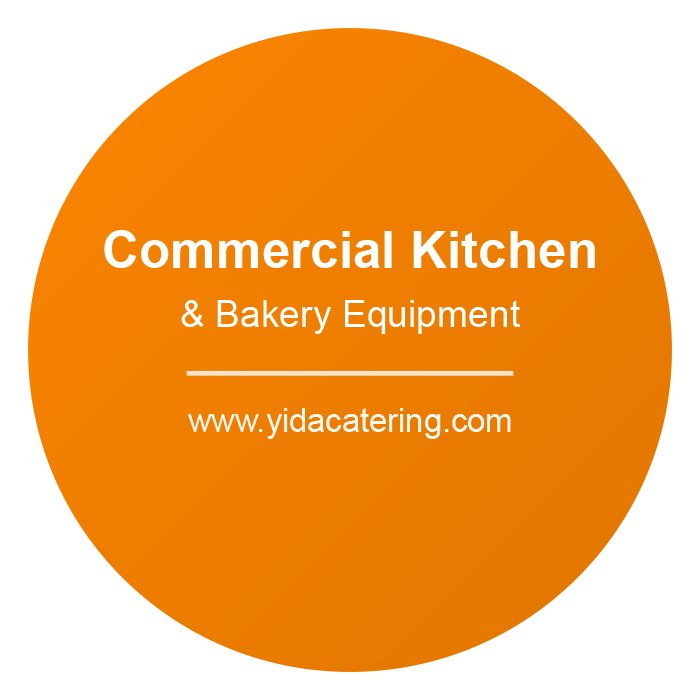In today’s fast-paced food industry, consistency, speed, and cost control are paramount, especially when it comes to popular items like burgers, sliders, and other formed patties. For restaurants, butcher shops, caterers, and food processors, a commercial patty forming machine is an indispensable tool that transforms ground meat, poultry, fish, or even plant-based mixtures into perfectly uniform patties with remarkable efficiency.
Moving beyond the inconsistencies and labor-intensive demands of manual patty making, these specialized machines ensure every patty meets exact specifications for weight, size, and shape. This isn’t just about automation; it’s about elevating your product quality, streamlining your operations, and boosting your bottom line.
Why a Commercial Patty Forming Machine is a Kitchen Production Powerhouse
The benefits of integrating a commercial patty forming machine into your workflow are significant and far-reaching:
- Unmatched Consistency in Size, Weight, and Shape: This is the cornerstone advantage. A patty forming machine delivers perfectly uniform patties every single time. This consistency is crucial for portion control, predictable cooking times, and a professional presentation that customers appreciate.
- Dramatic Increase in Production Speed and Efficiency: Manually forming patties is a slow, laborious process. A commercial machine can produce hundreds or even thousands of patties per hour, depending on the model, drastically reducing labor costs and freeing up staff for other essential tasks.
- Precise Portion Control and Reduced Waste: By ensuring each patty is the correct weight, these machines minimize giveaway and help you manage food costs effectively. Consistent forming also reduces waste associated with misshapen or improperly sized patties.
- Versatility for Diverse Products: Modern patty formers aren’t just for beef burgers. They can handle a variety of mixtures, including ground poultry (chicken, turkey), fish, lamb, pork, and increasingly popular plant-based alternatives. Many machines offer interchangeable molds for different shapes and sizes.
- Improved Product Appearance and Texture: Machine-formed patties often have a more appealing, uniform appearance. The consistent pressure applied during forming can also contribute to a desirable texture in the final cooked product.
- Enhanced Hygiene and Food Safety: Commercial patty forming machines are typically constructed from food-grade stainless steel and designed for easy cleaning and sanitation. This minimizes direct hand contact with the product, reducing the risk of contamination and helping you maintain high food safety standards.
- Streamlined Workflow and Reduced Operator Fatigue: Automating the patty-making process simplifies your kitchen workflow and significantly reduces the physical strain on your staff compared to manual methods.
Understanding the Mechanics: How Commercial Patty Forming Machines Work
While designs vary, most commercial patty forming machines operate on a similar principle:
- A hopper holds the prepared meat or alternative mixture.
- The mixture is fed (often by an auger or piston system) into a forming plate or die.
- The forming plate shapes the patty to the desired size and thickness.
- The formed patty is then ejected, often onto a conveyor belt for further processing or packaging, or directly onto paper.
Some machines are manually operated, while others are semi-automatic or fully automatic for high-volume production.
Key Features to Look for When Choosing a Commercial Patty Forming Machine
Selecting the right patty forming machine for your business involves considering several important factors:
- Production Capacity (Patties per Minute/Hour): Match the machine’s output to your current and anticipated production needs.
- Patty Size and Thickness Adjustment: Look for machines that offer flexibility in adjusting patty diameter and thickness to accommodate different menu items.
- Hopper Capacity: A larger hopper means less frequent refilling, which is beneficial for continuous operation.
- Construction Material: Prioritize machines made from high-quality, food-grade stainless steel for durability, hygiene, and ease of cleaning.
- Ease of Use and Operation: The machine should be straightforward to operate, even for staff with minimal training.
- Interchangeable Forming Plates/Dies: The ability to easily swap out forming plates allows you to produce patties of different shapes (round, oval, square, custom) and sizes.
- Ease of Cleaning and Sanitation: Choose a model that can be quickly and thoroughly disassembled for cleaning. Smooth surfaces and accessible parts are key.
- Safety Features: Ensure the machine has necessary safety guards, emergency stop buttons, and interlock systems to protect operators.
- Automation Level: Decide whether a manual, semi-automatic, or fully automatic machine best suits your volume and budget. Automatic machines often include features like automatic paper interleaving.
Formulate Your Path to Better Patties and Profits
A commercial patty forming machine is a smart investment for any food business looking to improve the quality, consistency, and efficiency of its patty production. It empowers you to deliver a superior product while controlling costs and optimizing labor. By carefully assessing your operational requirements and the features offered by different models, you can select a machine that will become an invaluable asset in your kitchen, helping you shape your success one perfect patty at a time.

